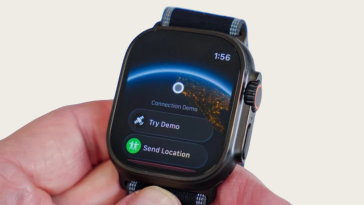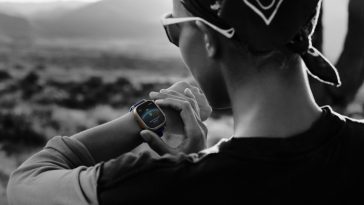Samsung’s Z Flip7 and Z Fold7 aren’t just iterative updates—they redefine foldable standards. Here’s how they outperform the 2024 models (Flip6/Fold6):
1. Slimmest-Ever Chassis
- Z Fold7: Unfolded: 4.5mm (vs Fold6’s 5.6mm), folded: 8.9mm (vs 12.1mm). Weight drops to 215g—lighter than iPhone 16 Pro Max (228g).
- Z Flip7: Clamshell thickness reduced to 13.7mm (Flip6: 14.9mm) while adding a larger battery.
Why it matters: Finally solves “bulky foldable” stigma.
2. Cover Screen & Display Revolution
- Flip7: 4-inch cover display (Flip6: 3.4″), wrapping around cameras like Moto Razr. Supports full widgets and app previews.
- Fold7: Inner screen expands to 8.2 inches (Fold6: 7.6″) with near-invisible crease.
3. Performance Split: Exynos Enters
- Fold7: Snapdragon 8 Elite (4.47GHz prime core) + satellite connectivity.
- Flip7: First foldable with Exynos 2500 (3nm, 10-core). Benchmarks show 15% better efficiency than Snapdragon 8 Gen3.
4. Camera & AI Leap
- Fold7: 200MP main sensor (vs Fold6’s 50MP) + dual telephoto (3x/10x). AI upgrades include:
- Real-time translation in WhatsApp/WeChat
- Sketch-to-Image generative art.
- Flip7: 50MP main cam + AI-enhanced selfies via cover screen.
5. Battery & Durability
- Flip7: 4,300mAh battery (+300mAh vs Flip6) + vapor chamber cooling.
- Fold7: Silicon-carbon anode tech boosts 4,400mAh capacity while thinning the body. IP48 rating (dust resistance improved).
The Verdict: Gen 7 shifts focus from “folding tech demo” to “mainstream-ready”—thinner designs, smarter AI, and strategic pricing (Fold7 $100 cheaper than Fold6’s debut). With Apple’s foldables delayed to 2026, Samsung cements its lead.





 No products in the cart.
No products in the cart.